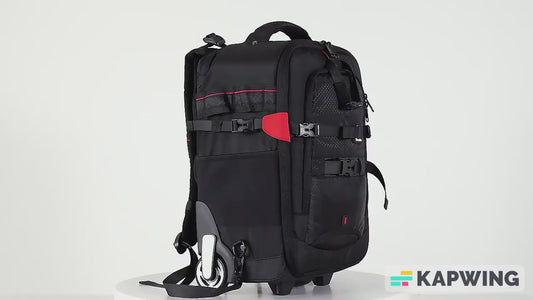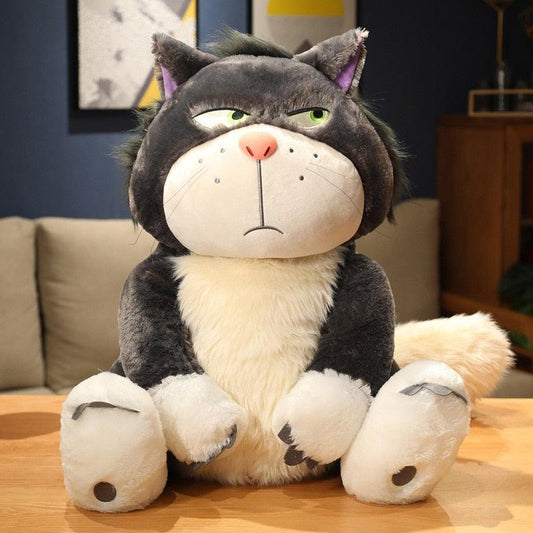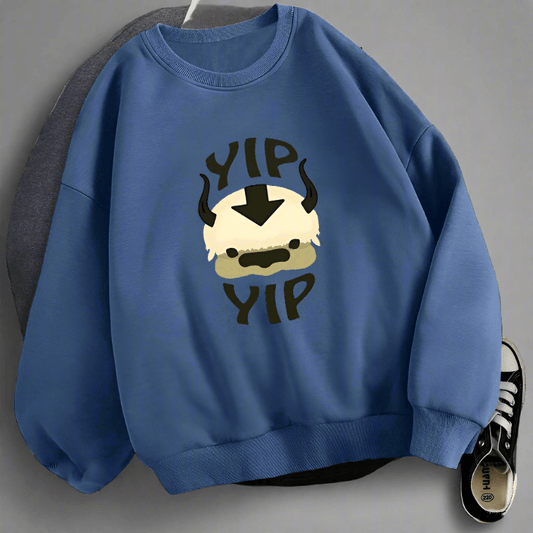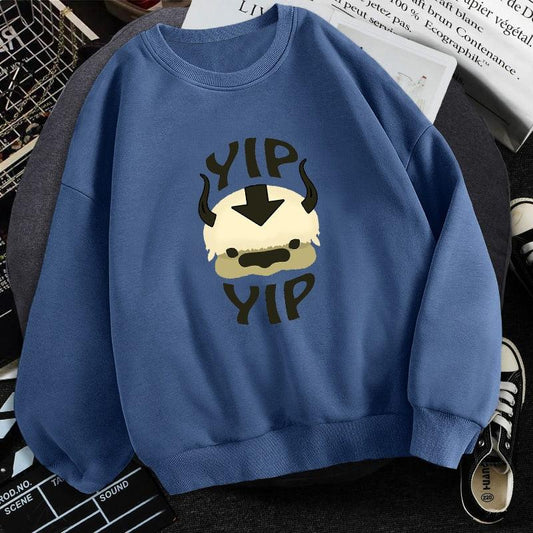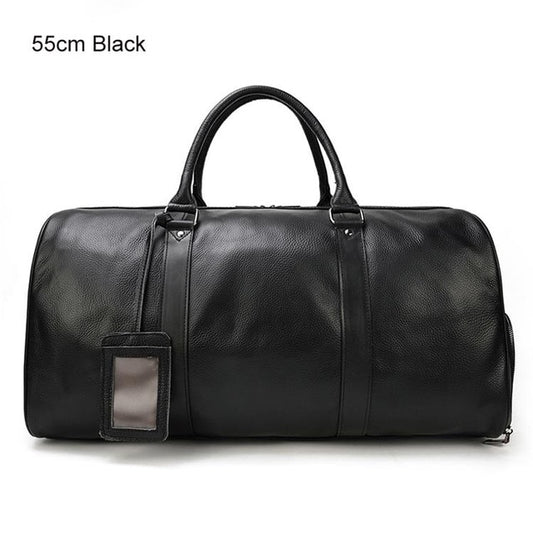The Evolution of Duvets: Comfort, Convenience, and Sustainability in Modern Bedding
Imagine sinking into bed, enveloped in a cloud of warmth and comfort. That's the magic of a duvet. These versatile, cozy bedding options have become a staple in bedrooms worldwide, offering a perfect blend of comfort and convenience. But duvets are more than just fluffy covers; they represent an evolving industry that's adapting to meet modern needs for comfort, convenience, and sustainability.
The Duvet: A Brief Overview
A duvet, derived from the French word for "down," is essentially a soft, quilted bag filled with insulating material, traditionally down or feathers. This insert is designed to fit inside a removable, washable cover, creating a complete bedding ensemble that's both practical and luxurious.
Historical Context: From Ancient China to Modern Bedrooms
The concept of duvets dates back to ancient times, with origins tracing to China around 3000 BC. However, it wasn't until the 18th century that duvets gained popularity in European countries like Germany, Sweden, and Norway. The traditional featherbed and Eiderdown duvet laid the foundation for the modern duvet we know today.
As time progressed, innovations like channel construction and quilting techniques improved the duvet's structure and warmth retention capabilities. These advancements transformed duvets from luxury items into everyday essentials for households across the globe.
Current Relevance and Importance
In today's fast-paced world, duvets have become indispensable for several reasons:
- Versatility: Duvets can be easily adapted to different seasons by changing the tog rating or cover material.
- Ease of Maintenance: With removable, washable covers, duvets are much easier to clean than traditional bedspreads.
- Customization: The wide variety of fill types and cover materials allows consumers to tailor their bedding to personal preferences.
- Space-Saving: Duvets eliminate the need for multiple layers of blankets, simplifying bed-making and storage.
Understanding Duvets: Key Concepts and Comparisons
Components of a Duvet
A complete duvet set consists of two main parts:
- Duvet Insert: The inner quilted bag filled with insulating material (down, feathers, or synthetic alternatives).
- Duvet Cover: The removable, washable outer layer that protects the insert and adds decorative elements to the bedding.
Duvet vs. Comforter: Key Differences
While often used interchangeably, duvets and comforters have distinct characteristics:
| Feature | Duvet | Comforter |
|---|---|---|
| Construction | Insert + removable cover | One-piece quilted bedspread |
| Maintenance | Cover easily washable | Entire piece requires washing |
| Versatility | Can change covers for different looks | Fixed design |
| Insulation | Often warmer due to insert construction | Generally lighter |
Tog Ratings Explained
Tog ratings measure the warmth and insulation of a duvet. The scale typically ranges from 1 to 15, with higher numbers indicating greater warmth:
- 1-4 tog: Ideal for summer or hot sleepers
- 7-9 tog: Suitable for spring and autumn
- 10.5-15 tog: Best for winter or cold sleepers
Many manufacturers now offer all-season duvets with adaptable tog ratings, allowing users to adjust warmth throughout the year.
Latest Trends and Industry Insights
Market Growth and Consumer Preferences
The bedding industry has seen significant growth in recent years. According to a report by Grand View Research, the global bedding market size was valued at USD 73.38 billion in 2020 and is expected to grow at a compound annual growth rate (CAGR) of 9.0% from 2021 to 2028 [Grand View Research, 2021].
This growth is partly driven by increasing consumer preference for sustainable and customizable bedding options. A survey by the National Sleep Foundation found that 93% of people say a comfortable mattress and bedding are important for good sleep, highlighting the significance of quality bedding in consumers' lives [National Sleep Foundation, 2023].
Expert Opinions on Industry Trends
"We're seeing a growing demand for sustainable and ethically produced bedding. Consumers are more conscious than ever about the materials they bring into their homes and the impact these choices have on the environment"
Ariel Kaye, founder and CEO of Parachute Home [2024]
"Customization is key in today's market. Customers are looking for bedding that can be tailored to their specific temperature preferences and sleeping needs. This has led to innovations in adjustable and all-season duvets"
Teresa Tan, co-founder of Weavve Home [2024]
Current Trends and Future Projections
- Sustainable Materials: The use of organic cotton, recycled down, and other eco-friendly materials is on the rise.
- Customization Options: Brands are offering more ways to personalize bedding, from adjustable inserts to mix-and-match cover sets.
- Smart Technologies: Some companies are exploring the integration of temperature-regulating and health-monitoring technologies into duvets.
Impact Analysis: Health and Environment
Consumer Health: Improved Sleep Quality
Quality duvets can significantly impact sleep health. The right duvet can regulate body temperature, reduce allergens, and provide comfort, all contributing to better sleep quality. A study published in the Journal of Sleep Research found that bedding systems (including duvets) can influence sleep quality and daytime functioning [Journal of Sleep Research, 2022].
Environmental Impact: Shift Towards Eco-Friendly Practices
The bedding industry is increasingly focusing on sustainability:
- Material Sourcing: Many brands now use organic, recycled, or sustainably sourced materials.
- Production Methods: Water-saving techniques and reduced chemical use in manufacturing are becoming more common.
- End-of-Life Considerations: Some companies offer recycling programs for old duvets to reduce landfill waste.
Controversies and Debates in the Duvet Industry
Animal Welfare: Down vs. Down-Alternative Fillings
The use of down in duvets has long been a topic of debate:
- Pro-Down Arguments: Natural insulation, durability, and superior warmth-to-weight ratio.
- Anti-Down Concerns: Ethical issues surrounding animal treatment and potential allergens.
Many brands now offer certified ethically sourced down or high-quality synthetic alternatives to address these concerns.
Environmental Concerns: Production and Disposal
The production and disposal of duvets raise several environmental issues:
- Water Usage: Traditional textile production can be water-intensive.
- Chemical Use: Some manufacturing processes involve harmful chemicals.
- Disposal: Synthetic materials in duvets can take centuries to decompose in landfills.
Industry leaders are addressing these concerns through innovative production methods and recycling programs.
Caring for Your Duvet: A Comprehensive Guide
Step-by-Step Instructions for Washing a Duvet
- Check the Care Label: Always follow manufacturer instructions.
- Spot Clean: Address any stains before washing.
- Use a Large-Capacity Washer: Ensure the duvet has enough space to move freely.
- Add Tennis Balls: Place clean tennis balls in the dryer to maintain loft and prevent clumping.
- Dry Thoroughly: Ensure the duvet is completely dry to prevent mold growth.
Tips for Maintaining Duvet Freshness Between Washes
- Air out your duvet regularly by hanging it outside or near an open window.
- Use a duvet protector to extend time between washes.
- Fluff and shake your duvet daily to redistribute filling.
Common Mistakes in Duvet Care to Avoid
- Overwashing, which can break down fibers and reduce insulation.
- Using harsh detergents that can damage delicate fabrics.
- Storing a damp duvet, which can lead to mold and mildew growth.
Seasonal Storage Techniques for Duvets
- Clean and dry thoroughly before storage.
- Use breathable storage bags to prevent moisture buildup.
- Store in a cool, dry place away from direct sunlight.
Frequently Asked Questions About Duvets
What's the difference between a duvet insert and a duvet cover?
A duvet insert is the inner filling, while the cover is the removable, washable outer layer.
How do I choose the right size duvet for my bed?
Match the duvet size to your mattress size, allowing for some overhang on the sides.
Can I use a duvet without a cover?
While possible, using a cover protects the insert and makes maintenance easier.
What are the benefits of using a duvet protector?
A protector adds an extra layer of defense against stains, spills, and allergens.
How do I prevent my duvet from shifting inside the cover?
Use duvet clips or ties to secure the insert to the cover at the corners.
Challenges and Solutions in Duvet Use
Challenge: Duvet Bunching Inside the Cover
Solution: Use duvet clips or ties to secure the insert to the cover corners. Some duvet covers come with built-in corner ties for this purpose.
Challenge: Overheating During Sleep
Solution: Choose appropriate tog ratings for different seasons. Consider all-season duvets with removable layers for temperature adjustment.
Challenge: Allergies to Down Filling
Solution: Opt for hypoallergenic down-alternative fillings made from materials like bamboo, eucalyptus, or synthetic fibers.
Ethical Considerations and Best Practices
Sourcing Ethically Produced Down
Look for certifications like the Responsible Down Standard (RDS) that ensure ethical treatment of animals in down production.
Choosing Eco-Friendly Materials and Production Methods
Opt for duvets made from organic or recycled materials. Some brands use innovative production methods that reduce water and energy consumption.
Proper Disposal and Recycling of Old Duvets
Many textile recycling centers accept old duvets. Some bedding companies also offer take-back programs for responsible disposal.
Success Stories and Testimonials
Customer Testimonial on All-Season Duvet
"I switched to an all-season duvet from Weavve Home, and it's been a game-changer. I love how I can adjust the warmth for different seasons, and the organic cotton cover feels luxurious. It's improved my sleep quality significantly!"
Sarah L., Weavve Home Customer [2024]
Case Study: Hotel Chain's Switch to Sustainable Duvets
The Hilton Hotel chain implemented a large-scale switch to more sustainable bedding options, including duvets made from recycled materials. This initiative not only reduced their environmental impact but also resulted in positive guest feedback and improved sleep satisfaction scores [Hilton Worldwide, 2023].
Tools and Resources for Duvet Users
- Duvet Covers: Invest in high-quality covers made from materials like linen, organic cotton, or bamboo for different seasons and styles.
- Duvet Clips and Fasteners: These help keep your duvet insert in place within the cover.
- Breathable Storage Bags: Use these for seasonal storage to protect your duvet while allowing air circulation.
- Duvet Protectors: Add an extra layer of protection against spills, stains, and allergens.
- Dryer Balls: Use these instead of tennis balls when drying your duvet to maintain loft and reduce drying time.
Conclusion: The Future of Duvet Technology and Sustainability
As we look to the future, the duvet industry is poised for continued innovation and growth. The focus on sustainability, customization, and integration of smart technologies is likely to shape the next generation of duvets.
Key takeaways:
- Duvets offer a versatile, comfortable, and easy-to-maintain bedding option.
- The industry is moving towards more sustainable and ethically produced materials.
- Customization and smart technologies are emerging trends to watch.
- Proper care and maintenance can significantly extend the life of your duvet.
As consumers become more conscious of their environmental impact and sleep health, the duvet industry will continue to evolve, offering products that meet these changing needs while providing the comfort and warmth we've come to expect from this bedding essential.
Additional Resources
For more in-depth information on duvets and bedding, check out these resources:
- What Is An All Season Duvet? Benefits, Downsides, & More by Weavve Home
- What Is a Duvet Cover and What Is it For? by Parachute Home
- The Surprising History of Goose Down Duvets by Westex International
These articles provide valuable insights into the world of duvets, from their history to modern innovations and care techniques.



